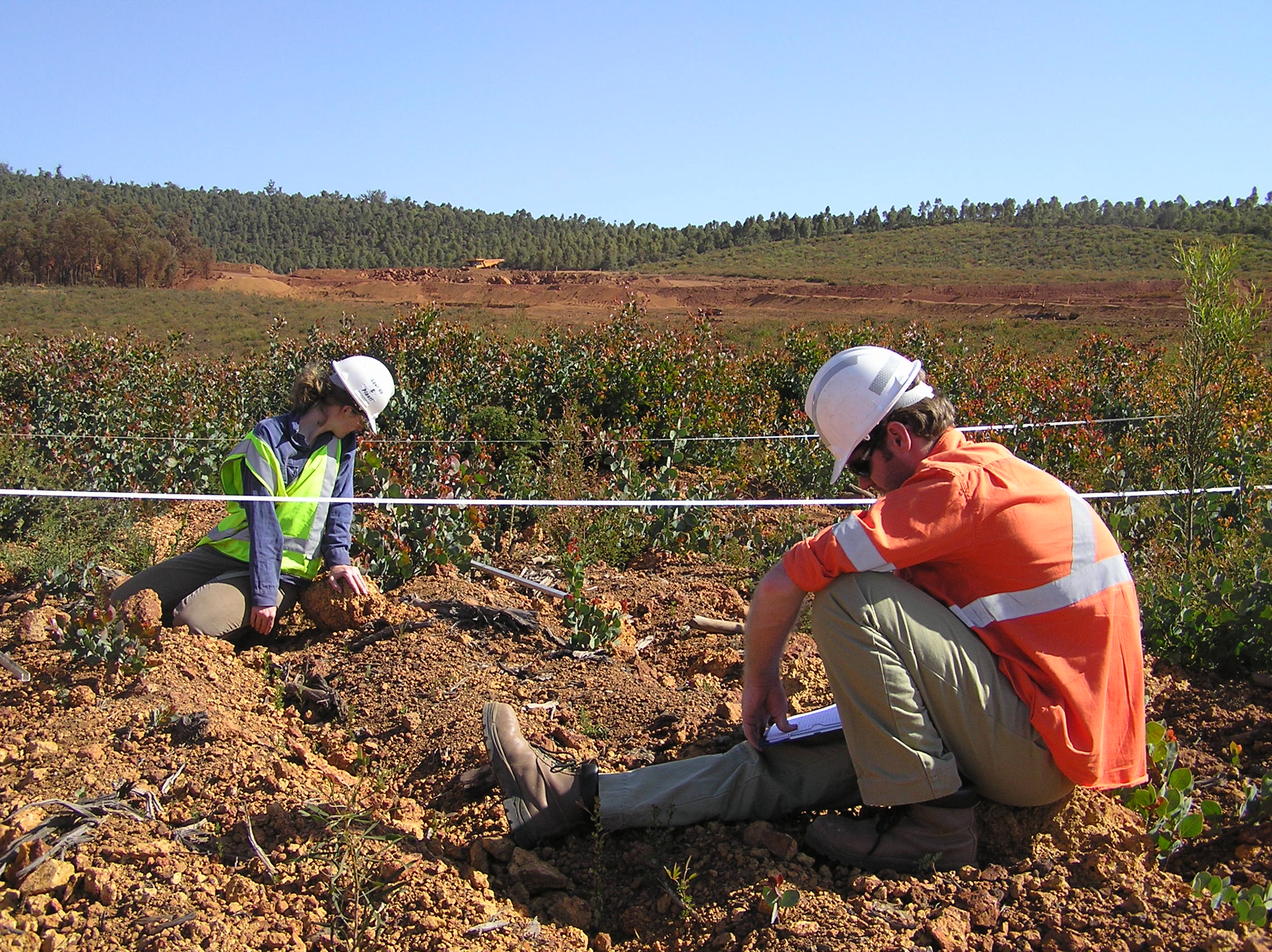Landscape restoration following mining operations in Australia is commonplace, but research revealed that over-fertilisation of ancient soils triggers long-term damage to biodiversity. Working closely with mining giants and regulators, Mark Tibbett’s research changed the practice of companies and the attitude of regulators for the benefit of globally important landscapes.
Mining companies are required by regulators to restore landscapes to their former condition when mines are decommissioned. This restoration process usually involves liberal application of fertiliser to help vegetation re-grow quickly. Professor Tibbett, a plant and soil ecologist, could see this practice was doing more harm than good, so he acted.
In Western Australia, where ancient forests and heathlands are almost unrivalled in their biodiversity, the research team worked closely with mining companies to analyse ecosystem data for mine sites where restoration was underway or completed. The analysis revealed that over-fertilisation affected plant communities and their biodiversity negatively; adding too much phosphorus to soils that are naturally nutrient-poor.
The findings provided the evidence needed to convince regulators that current restoration practices are detrimental. Fertilisation requirements are now under review in Australia, and some mining companies – such as Alcoa Mining and Iluka Resource – have already reduced their use. Now, the evidence being shared at major international conferences; an important step in helping other mining nations recognise and address the issue.
This work was carried out in partnership with a range of mining companies, regulatory bodies and conservation groups in Australia
Funded by Alcoa, BHP Billiton, Rio Tinto, Jim’s Seeds Weeds and Trees
Shortlisted for the University Research Engagement and Impact Awards 2020
First published: June 2020

